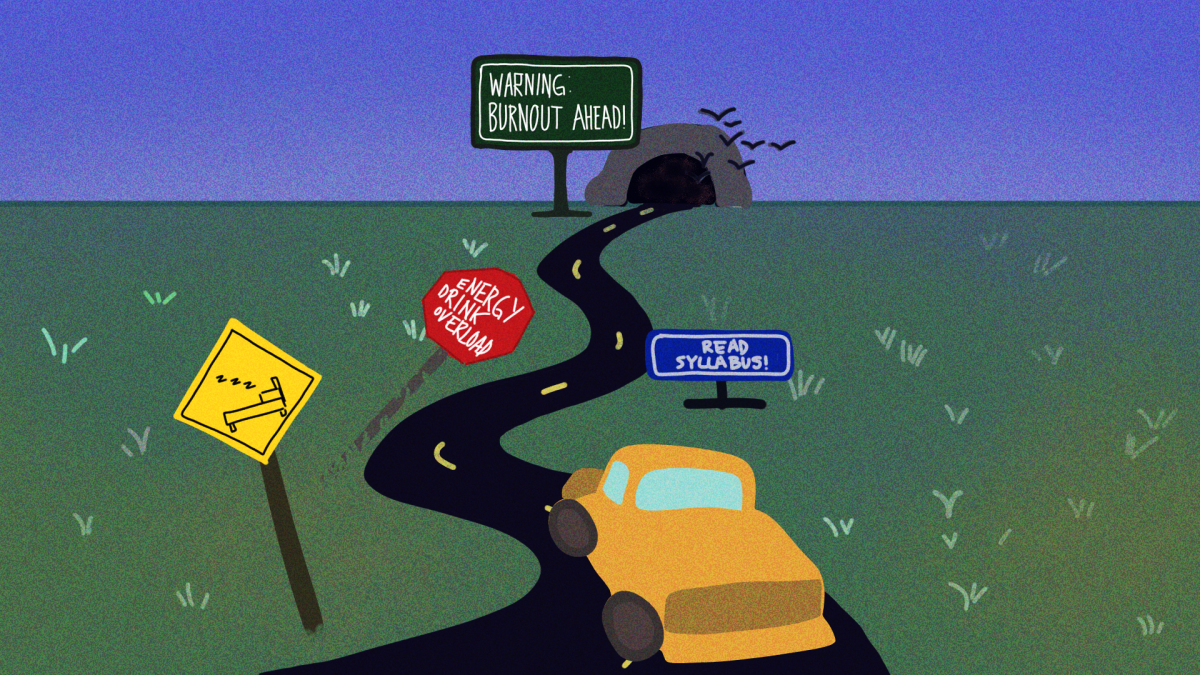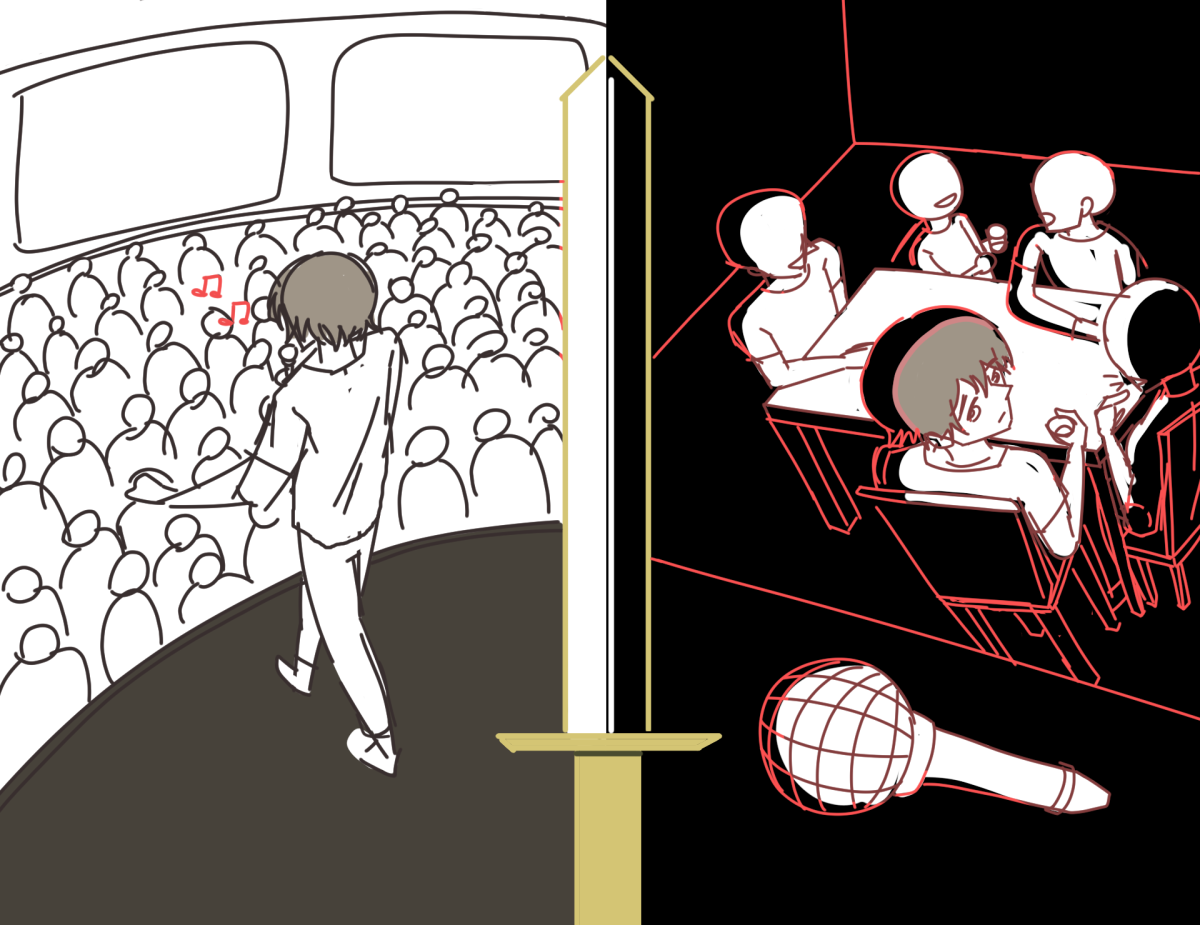“I don’t know what to do,” our guide muttered as we walked down a winding trail to a road far below.
I was traveling with my brother in rural Myanmar, a country that has faced continuous civil unrest ever since it gained its independence in 1948. For years, ethnic rebel groups have been fighting against the governing military and when we were there last summer, unrest in the country was killing well over a person a week.
Throughout our three-day trek through the rebelling Shan State of Myanmar, we had seen numerous rebel soldiers stalking through the wooded hills with AK-47’s in tow. A military checkpoint now waited ahead of us on the road below causing our guide so much stress.
“I don’t know what to do,” our guide, Johnny, said again.
Confused, my brother and I asked Johnny what the problem was. As we zig-zagged down the hillside ever closer to the military checkpoint, Johnny explained.
“Below us is a checkpoint,” he said. “And when we reach it, the officers there will ask me for the location of any rebel soldiers we’ve seen on our trek. I can either give up the rebel soldier’s locations, making the rebels hate me, or I cannot give up their location, making the military hate me. I don’t know what to do.”
Not fully understanding the consequences of the decision that Johnny faced, he went on to tell us a story of one of his friends who had been asked the same question. Confronted by two military soldiers brandishing guns, Johnny’s friend was threatened into giving up a rebel soldier’s location.
Then, three days later, Johnny’s friend received a knock at his door. He opened it to a pair of rebel soldiers. The rebels took him, beat him up, threatened to kill him and threw him back on his doorstep a day later — dirtied, bloodied and terrified. A horrific abduction was the consequence of betraying the rebels, and the consequence for betraying the military would be just as catastrophic.
This was Myanmar just five months ago, a war-torn nation that saw the terrors Johnny described daily. Overseeing it all was a military government with complete control but no popular support. Today, however, Myanmar is remarkably more upbeat.
In November 2015, the people of Myanmar hosted their third national election in the country’s history and only the second election in which the National Lesage for Democracy, the major opposition party to the military, was able to participate.
The NLD, a party led by Nobel Peace laureate Aung San Suu Kyi, won the election in a landslide, gaining just less than 80 percent of contested seats. However, nearly the same result occurred in 1990 when the Myanmar military refused to give up its seat in Parliament, and the results of the national election were thrown out.
Many believed the military would again throw out the election results, yet just three days after the election, the military acknowledged the victory of the NLD and conceded defeat. Years of citizens fighting for a better Myanmar finally achieved a dramatic change.
Today, two months following the election, the military is still honoring the election results, and Myanmar is readying for the country’s first nationally elected politicians to be sworn in come February. Myanmar, a country which just a few months ago was in the throngs of a civil war, now has legitimate hope for a peaceful future.
In light of all the terrible atrocities occurring around the world today, we can often forget that people fighting for good eventually prevail. It took more than half a century in Myanmar, but the country’s national elections stand out as proof of this: They show us why we stand up against what’s wrong in this world. Only by fighting for what’s right can a country be ruled by those it wants, can people have a say in their government and can a Burmese guide approach a military checkpoint without feeling afraid for his life.







